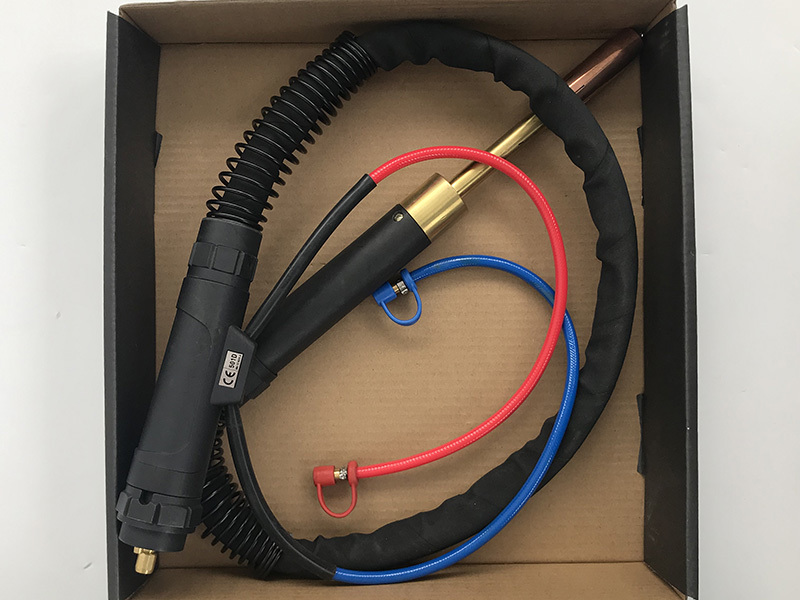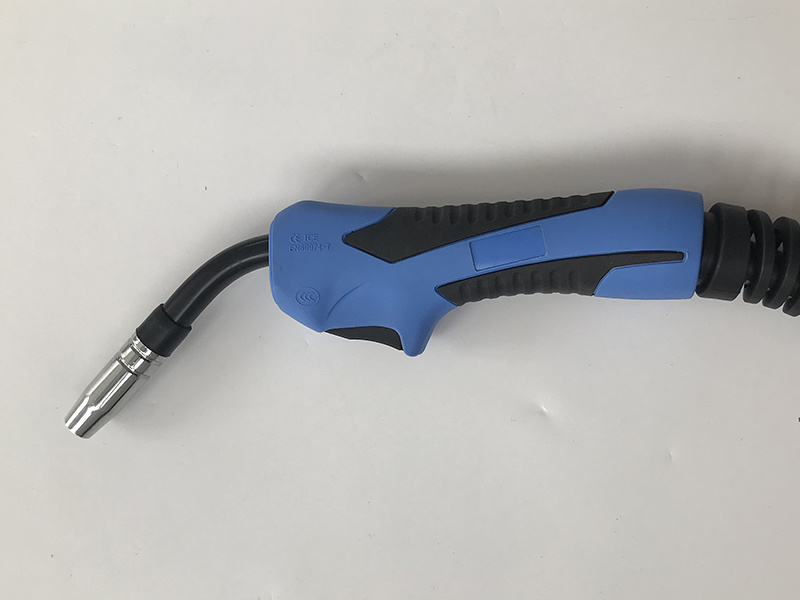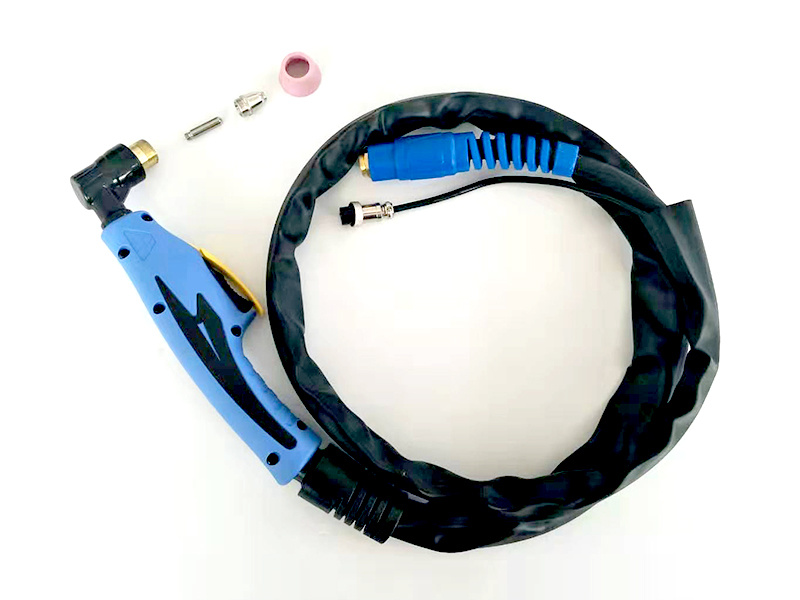language
Essential Guide to Welding Cable Connectors: Ensuring Optimal Performance in Industrial Welding
May 02,2025
Welding cable connectors are vital components in the welding process, allowing for a reliable and efficient connection between the welding machine and the electrode or workpiece. Understanding the importance of these connectors can significantly enhance the performance and safety of welding operations, particularly in industrial environments where heavy-duty equipment is used.
At the core of weldi
Welding cable connectors are vital components in the welding process, allowing for a reliable and efficient connection between the welding machine and the electrode or workpiece. Understanding the importance of these connectors can significantly enhance the performance and safety of welding operations, particularly in industrial environments where heavy-duty equipment is used.
At the core of welding cable connectors is their ability to handle high currents and provide a secure electrical connection. They are designed to withstand the intense heat and electrical load generated during welding. This makes the choice of connectors crucial for maintaining optimal performance. Poorly designed or inadequate connectors can lead to increased resistance, overheating, and ultimately equipment failure.
There are several types of welding cable connectors, each serving specific purposes and applications. Some of the most common include:
1. **Plug Connectors**: These connectors are designed to fit into a corresponding socket on a welding machine. They are often found in various shapes and sizes to accommodate different power requirements.
2. **Socket Connectors**: These serve as the female counterpart to plug connectors and are typically mounted on welding machines or power sources.
3. **Terminal Connectors**: Used for connecting wires directly to terminals, these connectors are essential for creating secure and permanent connections between cables and equipment.
When selecting welding cable connectors, several factors should be considered. Firstly, assess the amperage and voltage requirements of your welding equipment to ensure compatibility. Secondly, consider the environmental conditions in which the connectors will be used. Connectors exposed to moisture, dust, or extreme temperatures may require additional protection or specific materials to ensure longevity and reliability.
Proper maintenance of welding cable connectors is equally important. Regularly inspect connectors for signs of wear, damage, or corrosion. Clean them to ensure a good electrical connection and replace them if any deterioration is found. This proactive approach can prevent unexpected failures and enhance the overall safety of the welding process.
In conclusion, welding cable connectors are essential for the efficiency and safety of industrial welding operations. By understanding the types of connectors available, carefully selecting the right ones for your specific needs, and implementing a regular maintenance routine, you can significantly improve the performance of your welding equipment. This knowledge not only ensures a reliable connection but also contributes to a safer working environment for all personnel involved in welding processes.
At the core of welding cable connectors is their ability to handle high currents and provide a secure electrical connection. They are designed to withstand the intense heat and electrical load generated during welding. This makes the choice of connectors crucial for maintaining optimal performance. Poorly designed or inadequate connectors can lead to increased resistance, overheating, and ultimately equipment failure.
There are several types of welding cable connectors, each serving specific purposes and applications. Some of the most common include:
1. **Plug Connectors**: These connectors are designed to fit into a corresponding socket on a welding machine. They are often found in various shapes and sizes to accommodate different power requirements.
2. **Socket Connectors**: These serve as the female counterpart to plug connectors and are typically mounted on welding machines or power sources.
3. **Terminal Connectors**: Used for connecting wires directly to terminals, these connectors are essential for creating secure and permanent connections between cables and equipment.
When selecting welding cable connectors, several factors should be considered. Firstly, assess the amperage and voltage requirements of your welding equipment to ensure compatibility. Secondly, consider the environmental conditions in which the connectors will be used. Connectors exposed to moisture, dust, or extreme temperatures may require additional protection or specific materials to ensure longevity and reliability.
Proper maintenance of welding cable connectors is equally important. Regularly inspect connectors for signs of wear, damage, or corrosion. Clean them to ensure a good electrical connection and replace them if any deterioration is found. This proactive approach can prevent unexpected failures and enhance the overall safety of the welding process.
In conclusion, welding cable connectors are essential for the efficiency and safety of industrial welding operations. By understanding the types of connectors available, carefully selecting the right ones for your specific needs, and implementing a regular maintenance routine, you can significantly improve the performance of your welding equipment. This knowledge not only ensures a reliable connection but also contributes to a safer working environment for all personnel involved in welding processes.
Add
Xing village, lvgongbao town, renqiu city, hebei province, china









